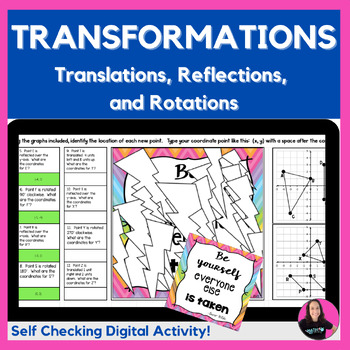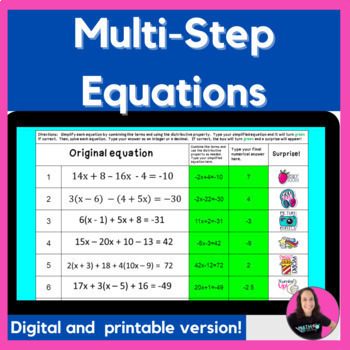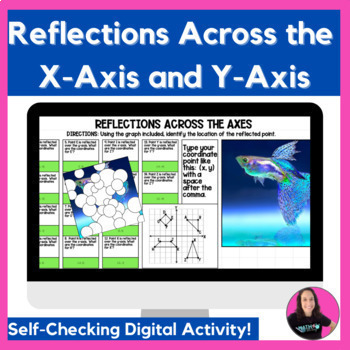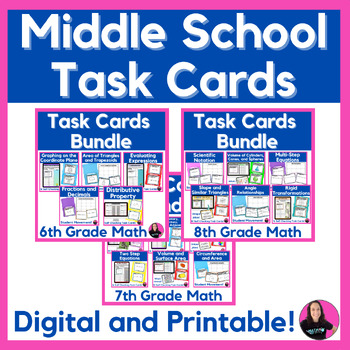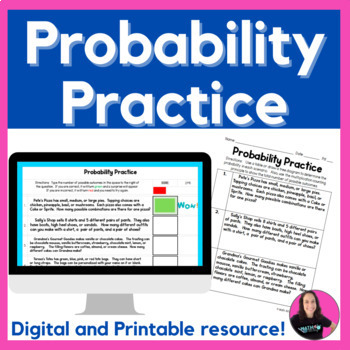When you ask a middle schooler what the area of a rectangle is, they’re quick with an answer—length × width, of course. But when you throw in a shape that looks like a Tetris piece or a hallway map? Cue the confused stares. That’s where composite figures come in.
What Are Composite Figures?
Composite figures are shapes that are made up of two or more basic shapes—think rectangles, triangles, circles, or trapezoids—combined to form a more complex shape. For example, a house-shaped figure might be a rectangle with a triangle on top. These figures pop up everywhere in real life: architecture, design, floor plans—you name it. That’s why understanding how to break them apart and find their area is such a valuable skill.
What Is the Area of the Composite Figure?
To find the area of a composite figure, students must break the shape into familiar parts, calculate the area of each part using known formulas, and then add (or sometimes subtract) those areas together. So, if a figure is made of a rectangle and a triangle, find the area of both shapes separately and add them to get the total area. If part of the shape is missing (like a square with a rectangular hole), then subtract the missing area. The key is to take it step by step and not let the complexity overwhelm the process.
How to Teach Composite Figures in a Middle School Classroom
Teaching this concept can be tricky, but also really fun! Here are some creative and effective ways to make it stick:
1. Use Cut-and-Paste Activities
Give students a composite figure and scissors, and have them literally cut it apart into familiar shapes. This physical manipulation helps them visualize the decomposition process and understand that the weird-looking shape is just a couple of rectangles or triangles mashed together.
2. Incorporate Real-Life Examples
Challenge students to find composite figures in real life—like school buildings, playground layouts, or sports fields. Then, have them sketch the figure, label the parts, and calculate the area. This makes math feel more applicable and less abstract.
3. Color Code the Parts
When working on paper, let students color-code the different sections of a composite figure. Assign blue for rectangles, green for triangles, and yellow for circles. This helps them organize their thinking and avoid double-counting or forgetting a section.
4. Interactive Digital Tools
Use digital platforms like Boom Cards, Desmos, or GeoGebra to let students experiment with decomposing and calculating areas on screen. These tools can offer immediate feedback and help reinforce correct strategies.
5. Area Challenge Stations
Set up task cards around the room with different composite figure challenges. Students rotate in groups, solving one problem at each station. You can even turn it into a math mystery or escape room where each answer leads them to the next clue.
FREE Area of Composite Figures Stoplight Worksheets
If you're looking for a structured yet flexible activity, the Area of Composite Figures Stoplight Activity on Teachers Pay Teachers is a classroom game-changer.
This FREE activity is set up like a self-paced worksheet system using the stoplight method:
- Green light for beginner-level problems
- Yellow light for intermediate
- Red light for a challenge
It’s perfect for differentiation, allowing students to work at their comfort level while being encouraged to level up. Students can track their progress and push themselves toward more difficult problems as their confidence grows. It's also excellent for early finishers or small group intervention time.
FREE Spring Riddle Using Composite Figures
Looking to sprinkle in a little seasonal fun while still hitting your math standards? The FREE Spring Riddle Composite Figures Worksheet is a light-hearted and educational way to review area while adding a dash of humor to your lesson.
In this activity, students solve problems involving the area of composite figures. Each correct answer reveals a clue to a spring-themed riddle. Once they complete all the problems, they get to solve the riddle at the bottom—perfect for adding a little motivation and a few giggles during math time.
This is great for:
- Morning work or early finisher time
- Spring-themed math centers
- Homework with a little extra personality
- A quick assessment that doesn’t feel like a test
It keeps things low-pressure and high-engagement, and let’s be honest—middle schoolers love a riddle they can share with their classmates (and their teacher, ten more times). Plus, it's an easy way to sneak in a review before a quiz or standardized test.
Composite figures can feel intimidating at first, but once students learn to break them down into manageable parts, the lightbulb clicks on. It’s all about strategy, confidence, and practice. By combining visual models, hands-on learning, and real-world connections—plus handy tools like the Stoplight Activity—you’ll help your students not only understand composite figures but also enjoy the process of solving them. And that’s a win in any middle school classroom!



.webp)


